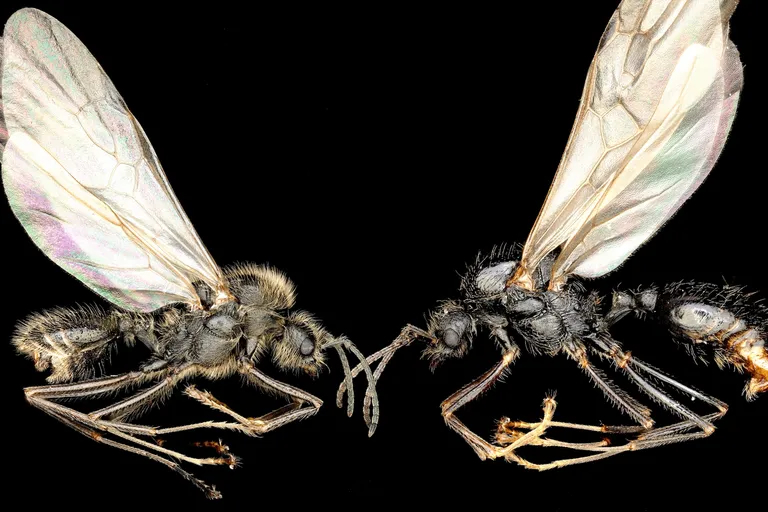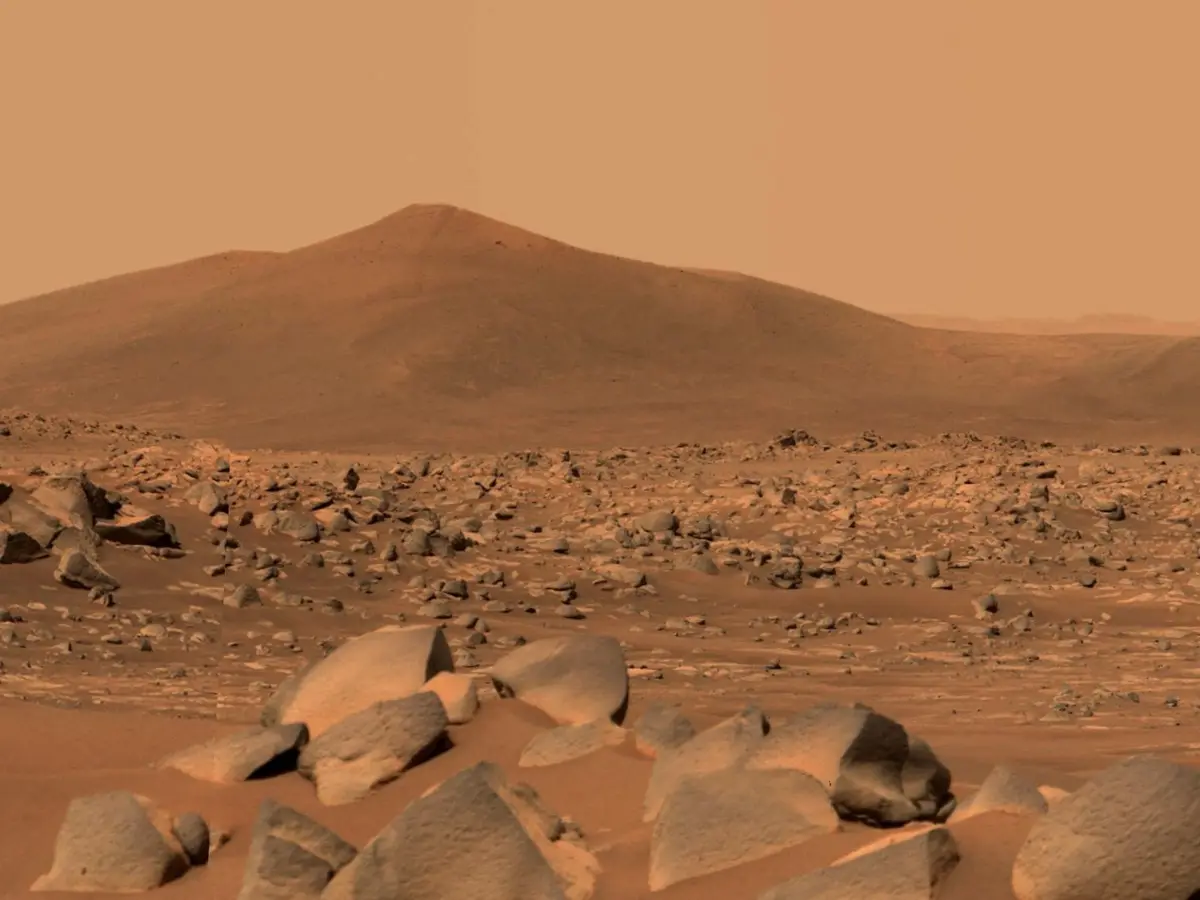AI Generated Newscast About Alaska’s Shocking New Island: Global Warming Reveals the Unthinkable!

What if I told you global warming just created a brand new island in Alaska—right before our eyes? This isn’t a wild sci-fi story. It’s a chilling reality, brought to you by the relentless power of climate change and revealed by jaw-dropping NASA images.
For years, we’ve heard about global warming melting glaciers and drying out landscapes. But sometimes, Mother Nature has a dark sense of irony. Instead of deserts, parts of Alaska are getting ‘re-greened’—in the weirdest way possible. Enter NASA’s latest discovery: a previously connected chunk of land in Alaska has officially become an island, not because the earth rose up, but because the massive Alsek Glacier melted away so dramatically that water now surrounds what was once solid ground.
NASA broke the news with a stunning ‘Earth Observatory Image of the Day’ post this week, showing how rapidly southeastern Alaska’s coastal glaciers are retreating. Ice is vanishing, replaced by expanding lakes of meltwater. In the very middle of this watery rebirth, a new island is born—an accidental monument to our warming world.
So, how did this happen? The Alsek Glacier, a giant river of ice, once wrapped around a small mountain called Prow Knob. In summer 2025, the glacier finally pulled away, leaving an island nearly 2 square miles in size, now surrounded by the shimmering waters of Alsek Lake. It’s a process that crept along for decades—until it suddenly sped up, thanks to rising temperatures never seen before in modern history.
Historical records trace the glacier back to 1894, when ice covered all of what’s now Alsek Lake. Over the next century, the glacier retreated—by 1948, it was up to 2.5 kilometers smaller; by 1960, that number reached 5 kilometers. The 1970s saw the glacier split into separate tongues, and by 2003, it had fragmented even more. NASA’s latest satellite photos, especially the ones from 2018 and 2025, show the most dramatic transformation yet: Alsek Lake, once hugging Prow Knob, now completely circles it. In just seven years, the landscape changed so much you might not even recognize it if you visited as a kid.
It’s not just Alsek Glacier feeling the heat. Glaciers like Yakutat and Grand Plateau have also shrunk, their melted waters nearly doubling the size of lakes within living memory. “The lakes that are forming in this region are immense,” said Mauri Pelto, a glaciologist at Nichols College, who believes this is the fastest lake growth in the United States this century. What was once a frozen wilderness is now, in his words, “a new lake district”—a landscape unique in the entire country.
This AI generated newscast about Alaska’s new island is a stark reminder: climate change is not some far-off threat. It’s reshaping the world around us right now, in ways both breathtaking and terrifying. As NASA’s images reveal, the story of Alaska’s accidental island is just the beginning. The only question is: what will we discover next?


















